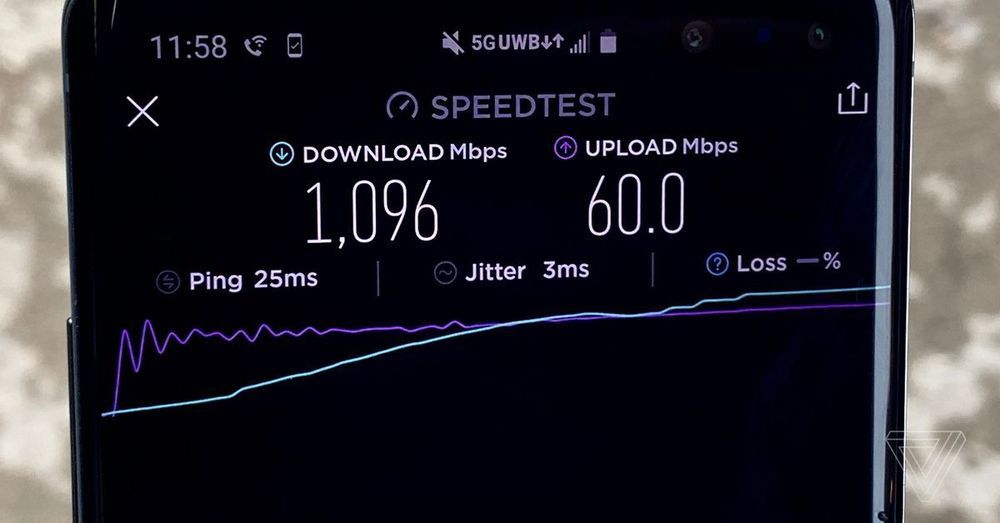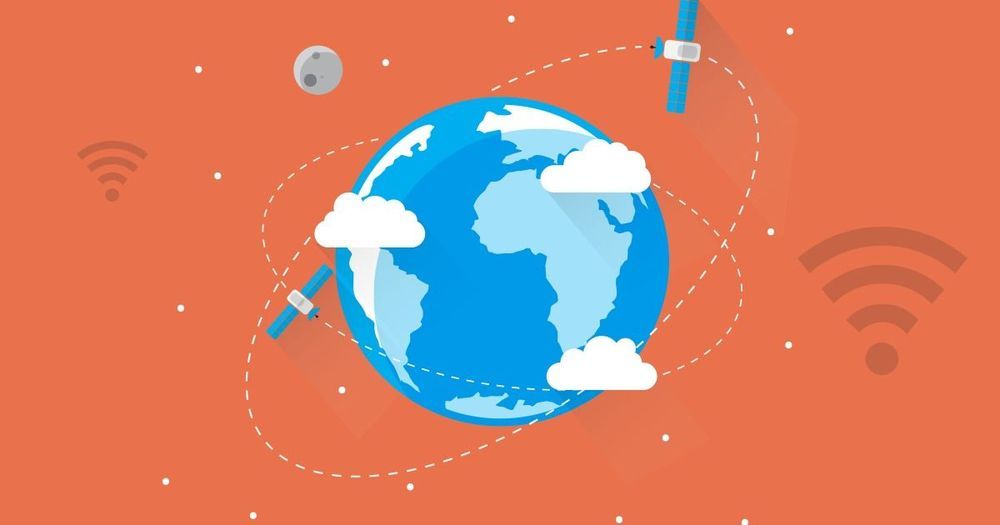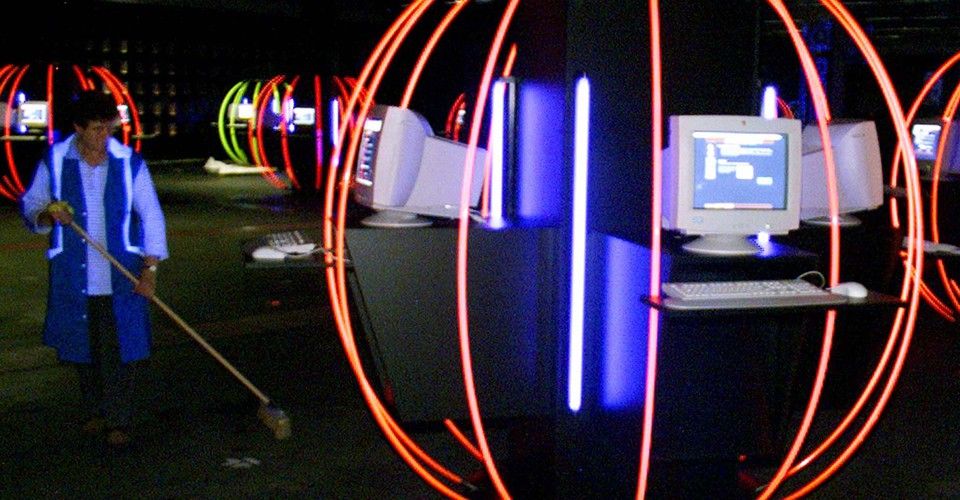May 17, 2019
NASA’s ‘warp drive’ engine WORKS and it could take humans to Mars in WEEKS
Posted by Quinn Sena in categories: internet, quantum physics, space travel
THE results of a NASA test into “warp drive” technology have been leaked onto the internet — and apparently show it is possible.
The findings appear to be good news — that the new technology that could fly spaceships to Mars, put men on the moon in four hours and make flying cars possible actually works in theory.
The much-anticipated review of EmDrive space propulsion was not supposed to be released until December according to the International Business Times.
Continue reading “NASA’s ‘warp drive’ engine WORKS and it could take humans to Mars in WEEKS” »

















